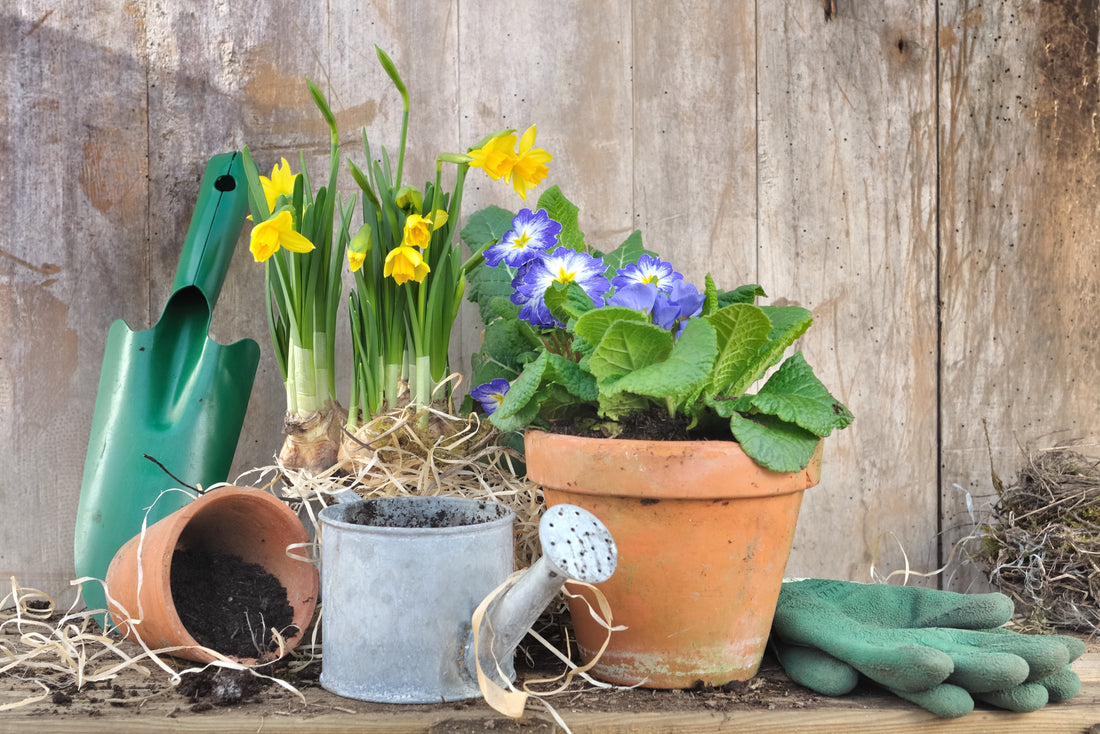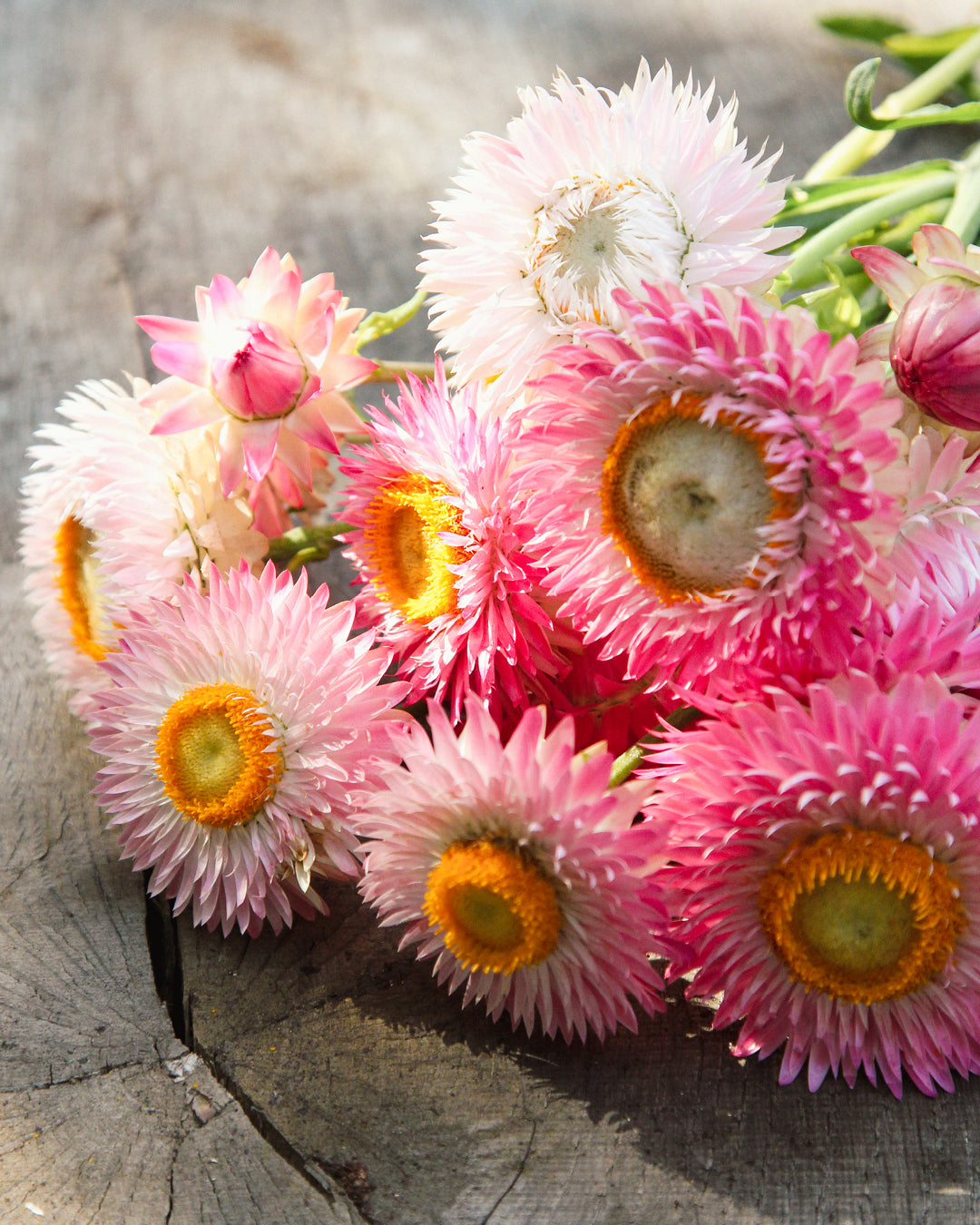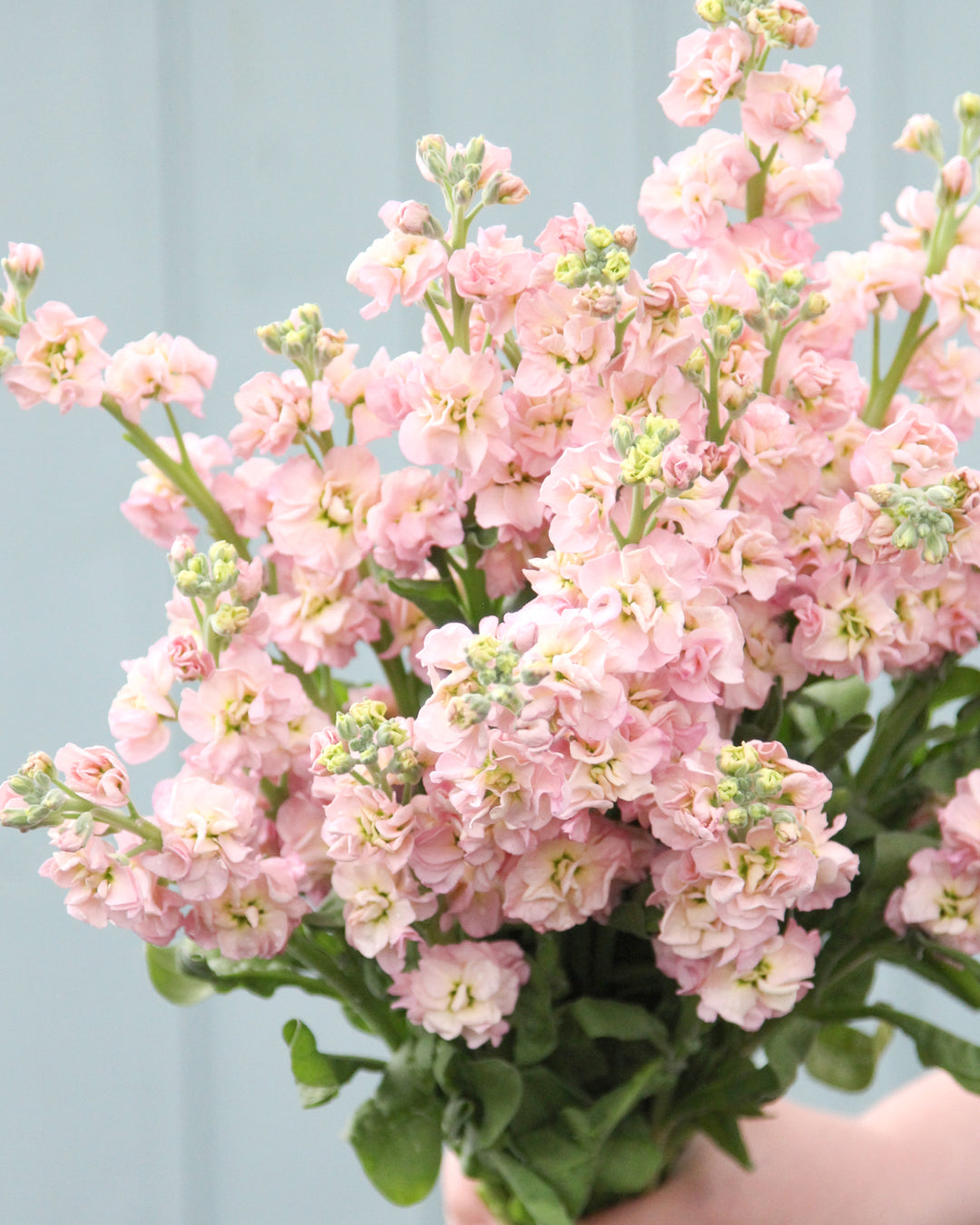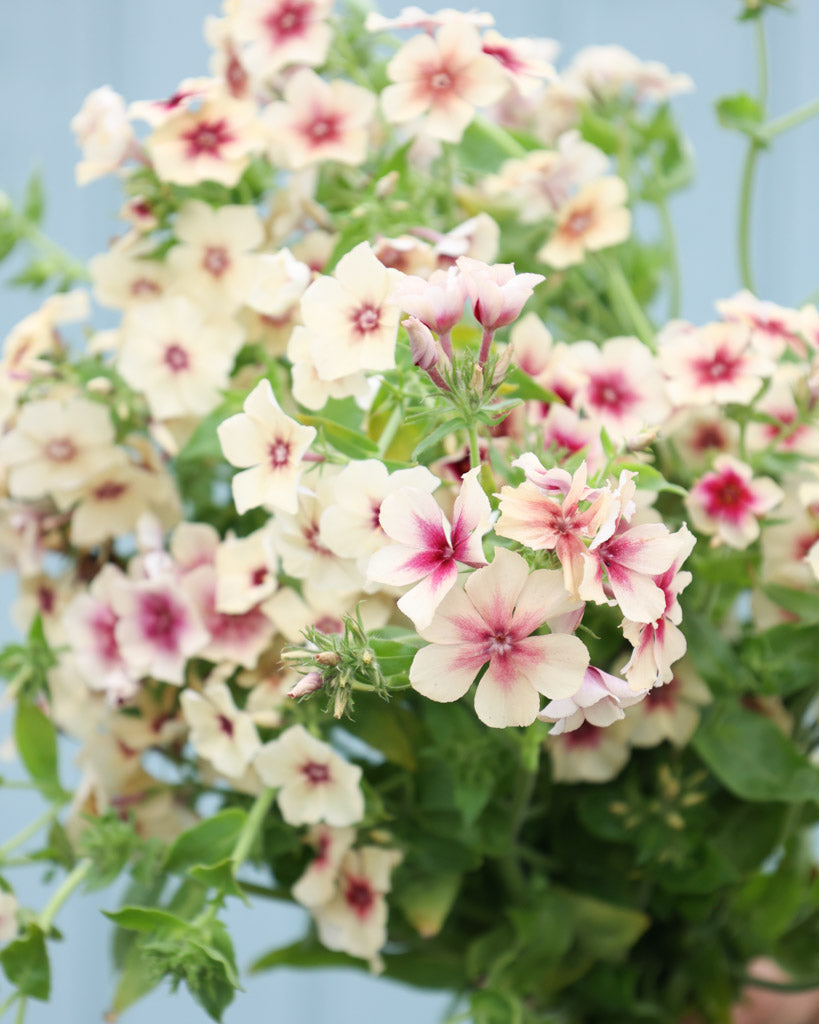Spring in a pot
Those who spontaneously decide to create blooming spring impressions now can take full advantage of the colorful variety of pre-grown bulbs. They will shine brightly in pots and later in the garden.

Spring Awakening
After the long, dreary winter months, the first blossoms and fresh greenery are particularly pleasing to us: We can hardly wait for them, the jubilant birds and the first colorful signs of spring. While daffodils, tulips, and other bulbous flowers won't bloom for a few weeks, they're already bringing color to balconies and patios as early potted plants.
Spring can be bought
For gardeners, spring actually begins in autumn, as this is when the foundation is laid for a colorful start to the gardening year: Those who plant flower bulbs in autumn can look forward to blooming crocuses, daffodils, tulips, and other garden treasures a few months later. But even those who have missed the right planting time and can't wait for spring don't have to miss out: You can still plant spring bulbs now – with pre-forced flower bulbs whose green leaves are already visible and whose flower buds will soon open. The plants are available at nurseries and garden centers. The pre-forced flower bulbs in small pots bloom earlier than their siblings planted in garden soil thanks to a special temperature treatment. In cool rooms, they are first tricked into believing winter, and later in a greenhouse with higher temperatures, into spring. Because they bloom after such a short time, they are ideal for the impatient. And the variety of pre-grown bulbs is vast: tulips, hyacinths, daffodils, irises, primroses, and crocuses. Pots are available from January to April and bring a touch of spring in just a few days. The small drawback: They cost more than the loose bulbs from the bag. However, they come with a guaranteed bloom! Tip: When purchasing, the buds of pre-grown early bloomers should not be fully open yet; then they can gradually unfold their beauty, and you can witness the blooming.
Off to the garden
The early bloomers can be removed from their pots and planted in tubs, pots, or window boxes. Many planters that are standing unused in the shed, basement, or in a corner of the balcony can be given new life before the start of the gardening season and beautify the balcony, terrace, or front door. On sunny, warm days, the containers with the early bloomers can be placed outside in a sheltered spot. In the evening, however, they should be brought indoors; the nights are still too cold for the delicate plants. From March onwards, these little powerhouses can also be planted in the garden and provide color where spring is still a long way off. New plantings are best done when temperatures are above zero degrees Celsius, and at night they should be covered with fleece or a cardboard box if there is frost. No one will notice that the plants have been freshly planted and that the bulbs weren't planted in the garden soil last autumn. And another advantage: With the fully grown plants in front of you, it's often easier to assess their effect in the flowerbed. It's best to always plant the flowers in small groups; they might look lost on their own, allowing them to unfold their full effect.
What to do if there is a lack of space?
Since there isn't as much space in containers as in a garden, the bulbs aren't planted as deeply as indicated on the packaging. The spacing between bulbs may also be smaller than in the garden. When purchasing flower bulbs, it's worth paying attention to the different flowering times, as this allows your potted garden to display color for several months. If the containers are large enough, several varieties can be planted together at different depths using the lasagna technique: The larger bulbs are planted first, followed by the smaller ones.
Almost anything can serve as a container for bulbs. Whether it's wooden boxes, wire baskets, zinc tubs, good-old pots and window boxes, or even old teapots or saucepans, you'll need to water them carefully if the container doesn't have holes.
Planted containers offer a wealth of design possibilities: They can be rearranged at any time to try out different color combinations or to bring flowering plants to the fore. If the colors don't match or the plant combinations don't live up to expectations - no problem. It is therefore worthwhile for garden owners to plant a few containers. The pots can be placed exactly where color is missing. The containers themselves can also be incorporated into the design. They can be used, for example, to intensify the color effect of the flowers or to create a certain flair. The stylistic device of repetition is particularly effective. Two identical planters, for example, which are planted exactly the same and later placed to the right and left of a path or the house entrance, are beautiful. In this way, spring with its colors and scents quickly unfolds its effect in the garden, on the balcony and terrace.
Please don’t throw it away!
After the flowering period indoors, there's no need to throw away the foraged spring flowers. Plant the spent bulbs in the garden on frost-free days—this way, you can enjoy the blooms again and again for years to come.
Care is a must
Even plants that have transformed a gray balcony or bare terrace into a small, colorful spring garden need care. It's especially important that the soil doesn't dry out. Since the roots of freshly planted bulbs aren't yet in contact with the surrounding soil, they can only absorb relatively little water. Therefore, they need to be watered more often than well-established plants. And for indoors: The cooler the spring-blooming bulbs are kept, the longer they last! So please don't place them directly next to the heater!
Plant correctly – but how?
Carefully remove the bulbs from their small pots and shake off any excess soil. Since the root balls are usually very dry, immerse the plant thoroughly in water again (until no more air bubbles rise), so the plants can form roots more quickly. They can now be planted in window boxes or other containers. Spring from the shopping basket has arrived. The plants thrive best in loose potting soil mixed with one-third sand. It is important that there are drainage holes for excess watering or rainwater, as bulbs do not like standing water. If there are no holes, you should add some expanded clay to the pot as a drainage layer so that the root balls do not stand in the watering water. It can also be useful to place the container on small clay feet so that water does not collect under the soil. Moss and small stones are suitable covering materials for early bloomers.
















